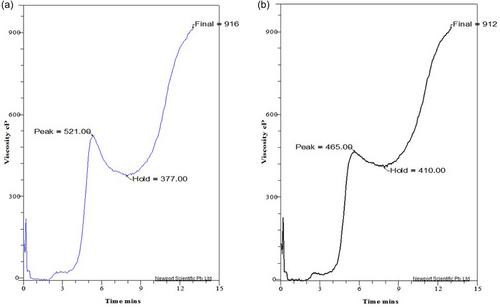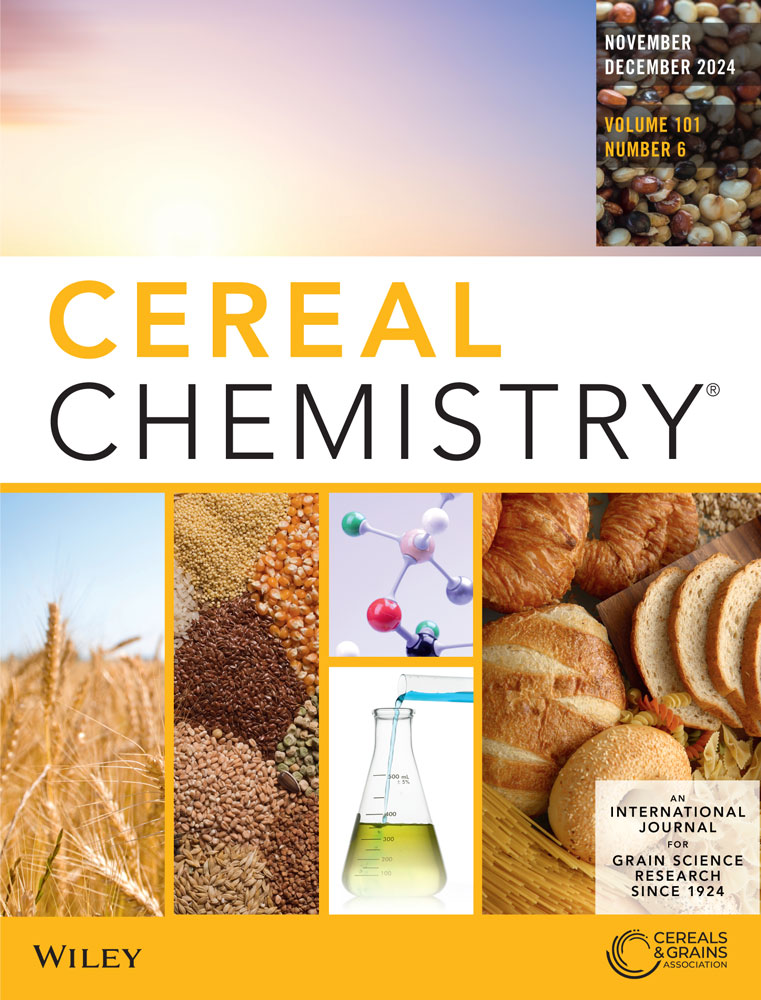Evaluating the quality characteristics of intermediate wheatgrass grown in the Canadian prairies
Abstract
Background and Objectives
Intermediate wheatgrass (IWG) is an underutilized perennial grain in the Canadian market with excellent nutritional and environmental benefits. The aim of this study was to assess the impact of the growing environment on the physiochemical and functional properties of IWG grown in three different growing locations in the Canadian prairies. IWG flours were compared between growing locations and years as well as alongside Canada Western Red Spring Wheat whole meal (CWRS-WM) and refined flour.
Findings
The proximate composition of IWG flours between years and growing locations had significant (p < .05) differences for protein, fiber, and ash content but showed little difference for starch content. Owing to differences in proximate composition, variances in mixing parameters, starch pasting properties, and protein profiles were observed. Overall IWG performed poorly in a bread system at 100% incorporation largely due to its lack of high molecular weight glutenin.
Conclusion
Understanding the impacts that growing location and year have on the proximate composition and therefore working parameters will aid in the development of new wheat products fortified with IWG. These products will contribute to a more resilient and diverse food system, that will provide nutrient-dense food options for consumers.
Significance and Novelty
There is very limited research on IWG grown in the Canadian prairies, and this study is among the first studies focused on characterizing IWG grown in Canada.


 求助内容:
求助内容: 应助结果提醒方式:
应助结果提醒方式:


